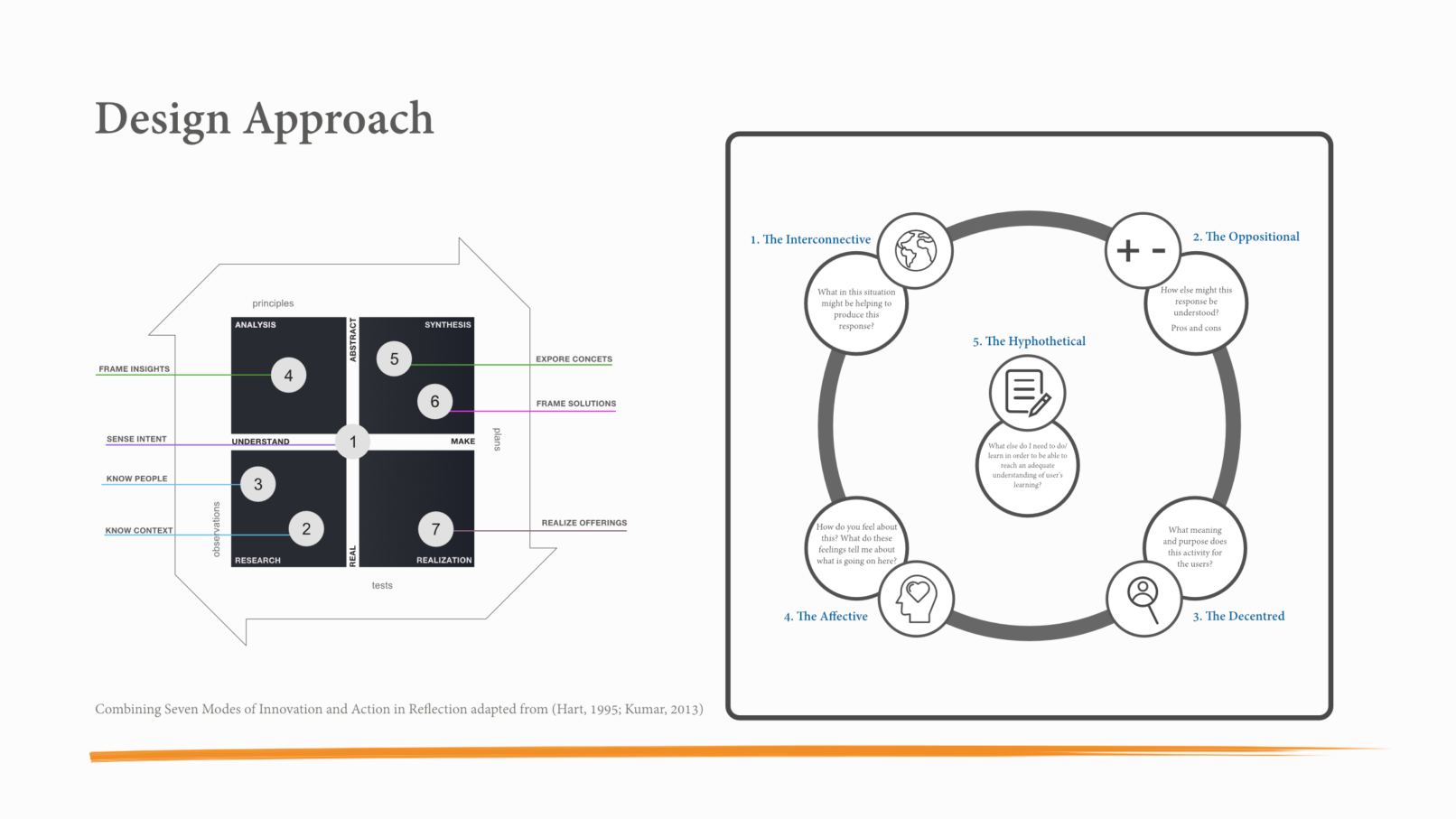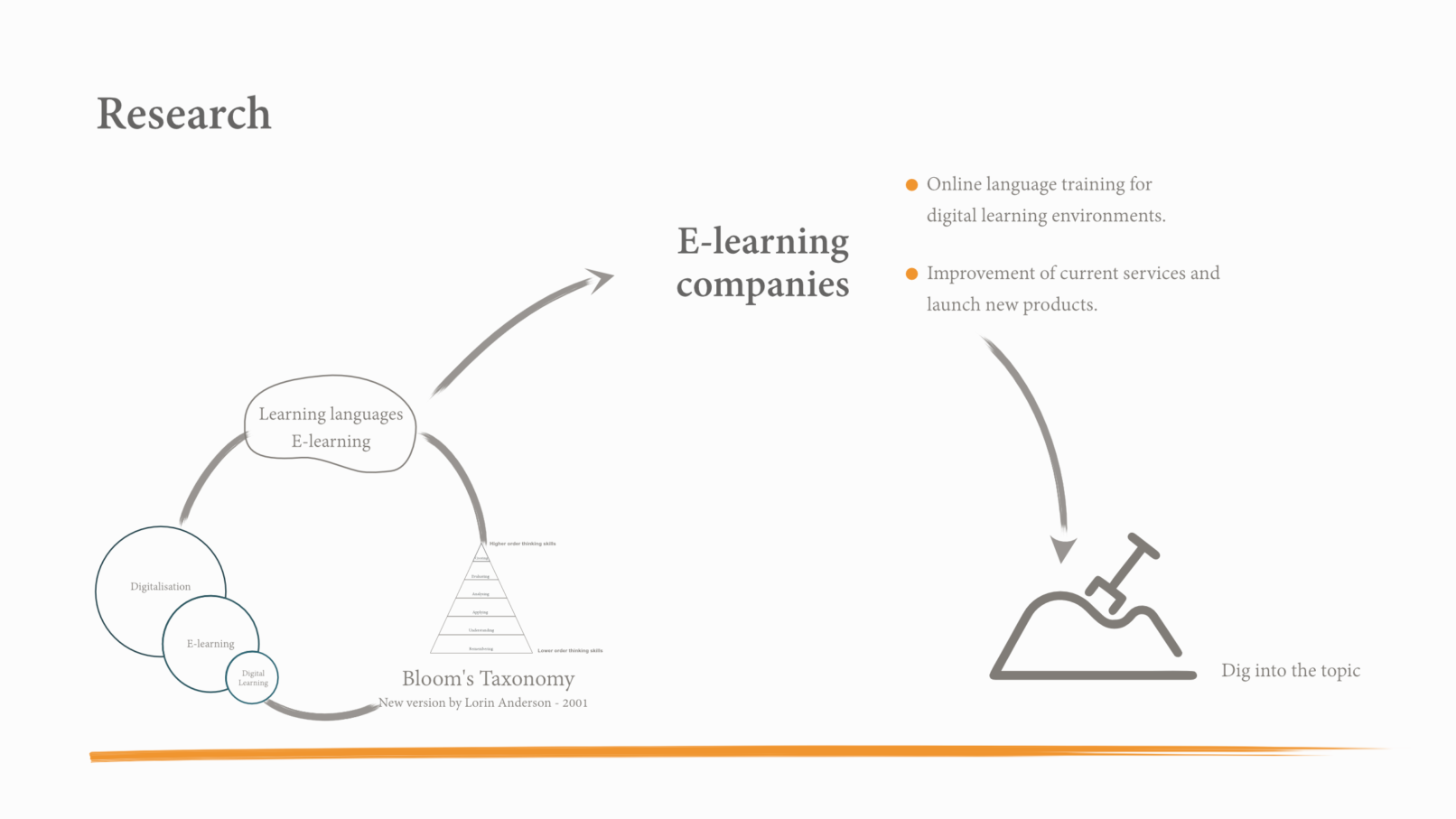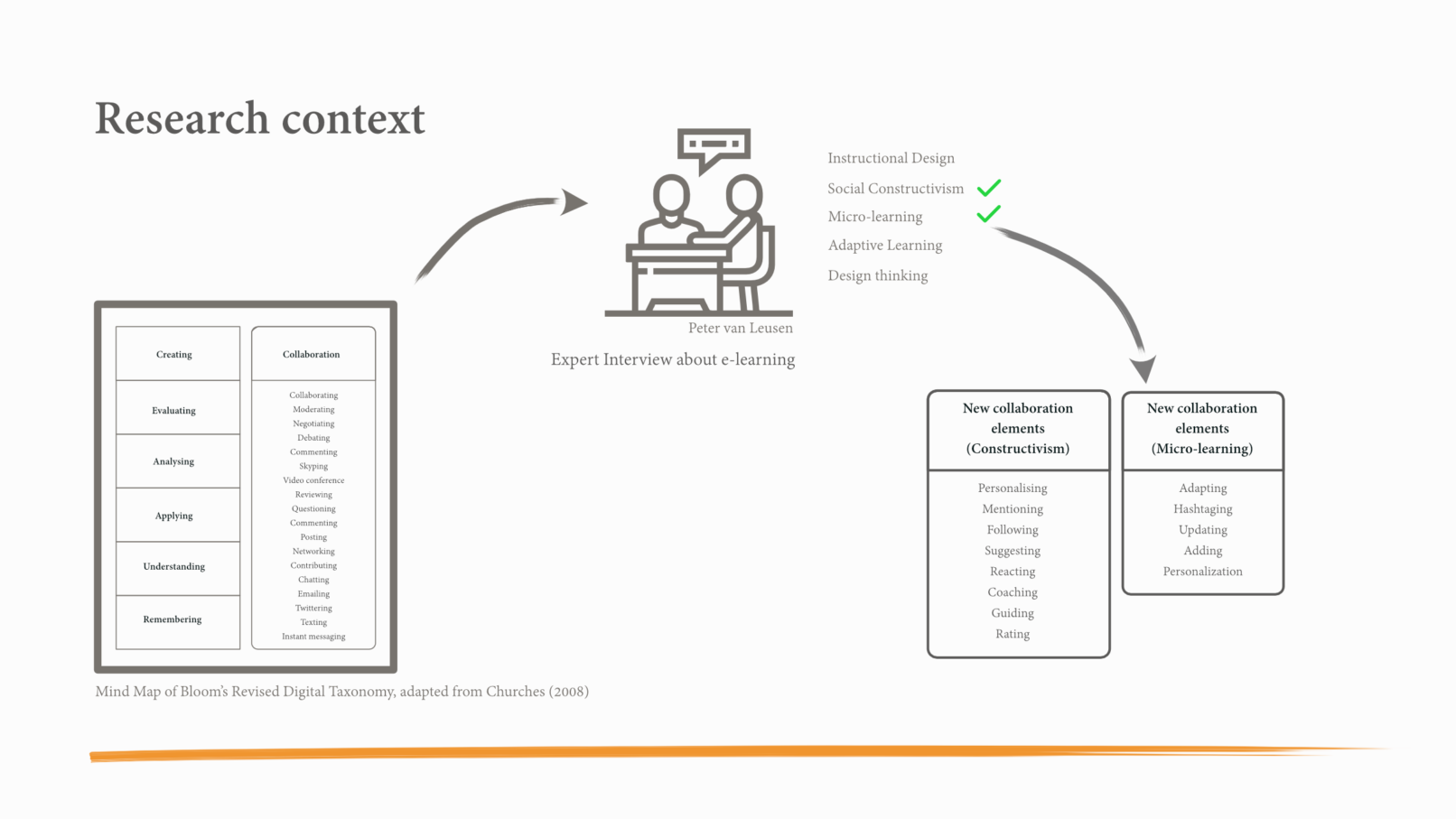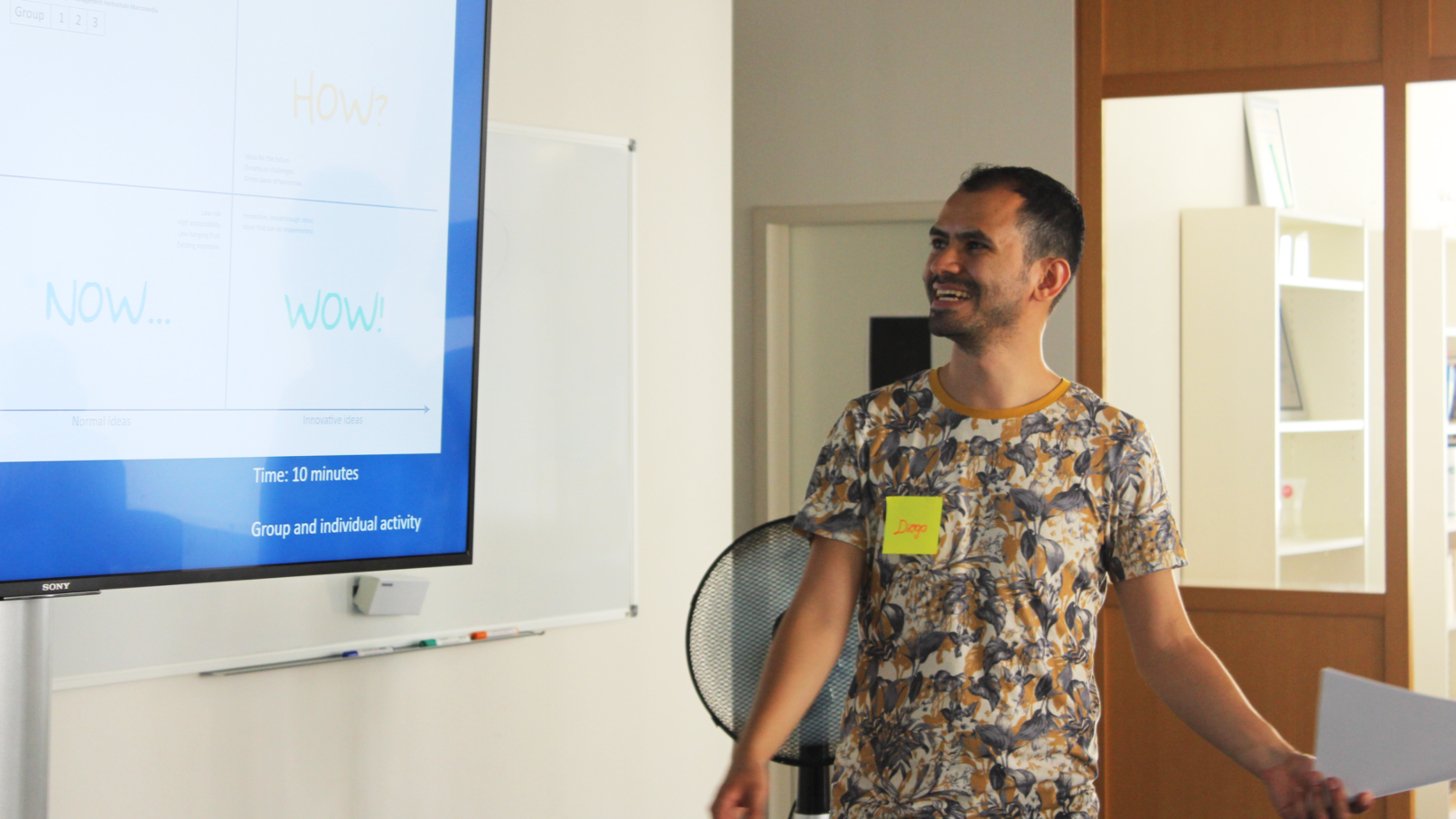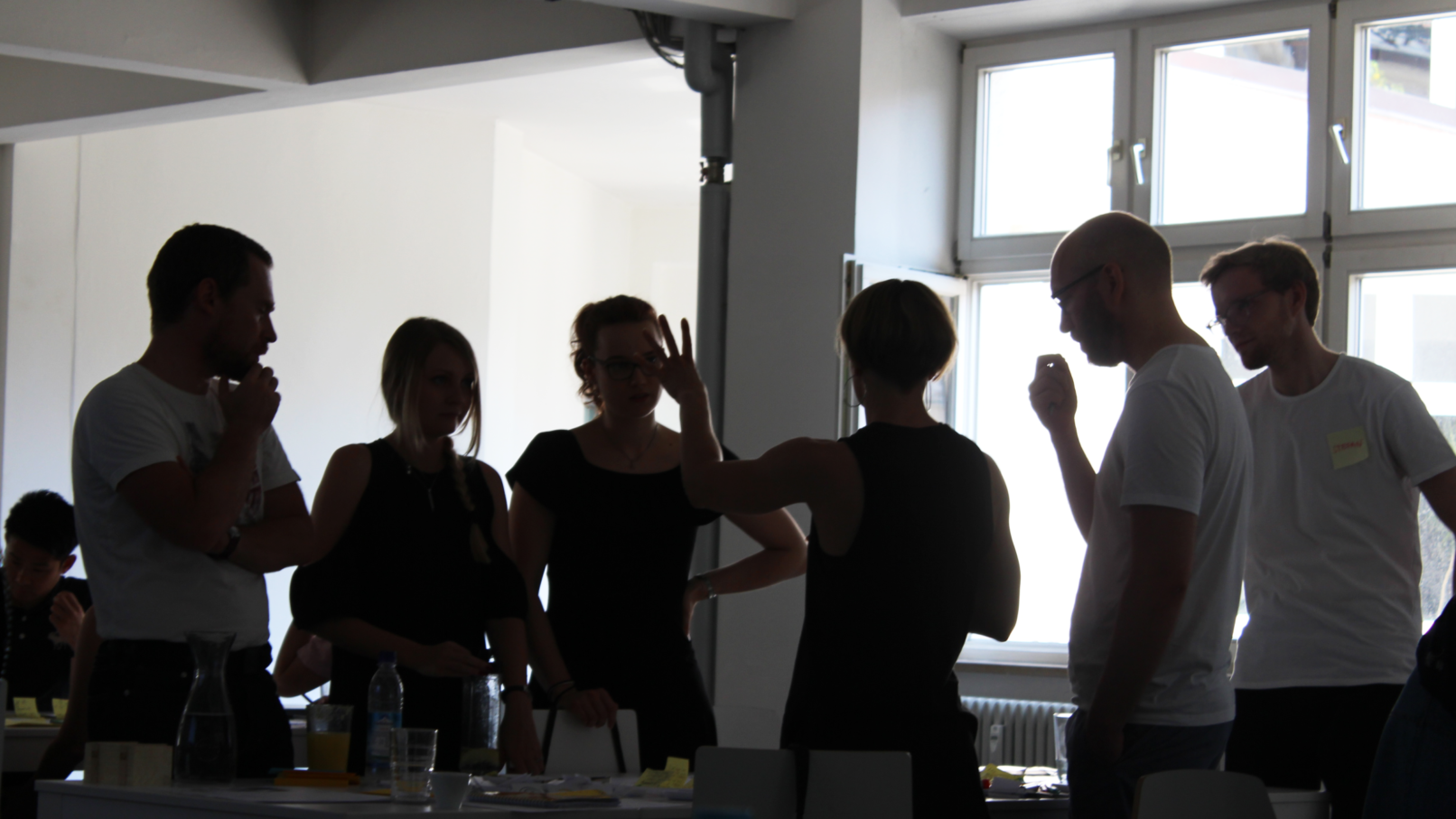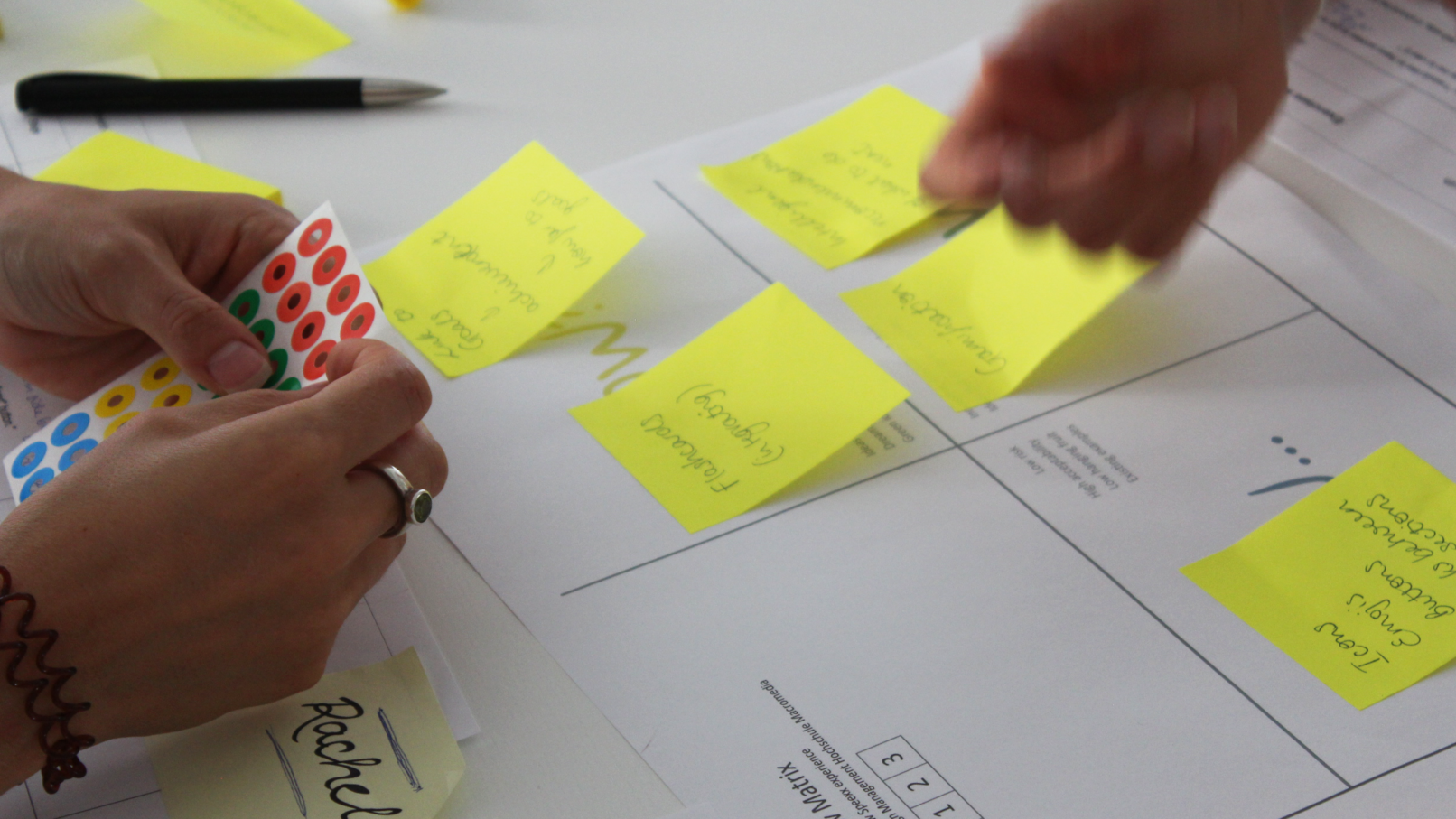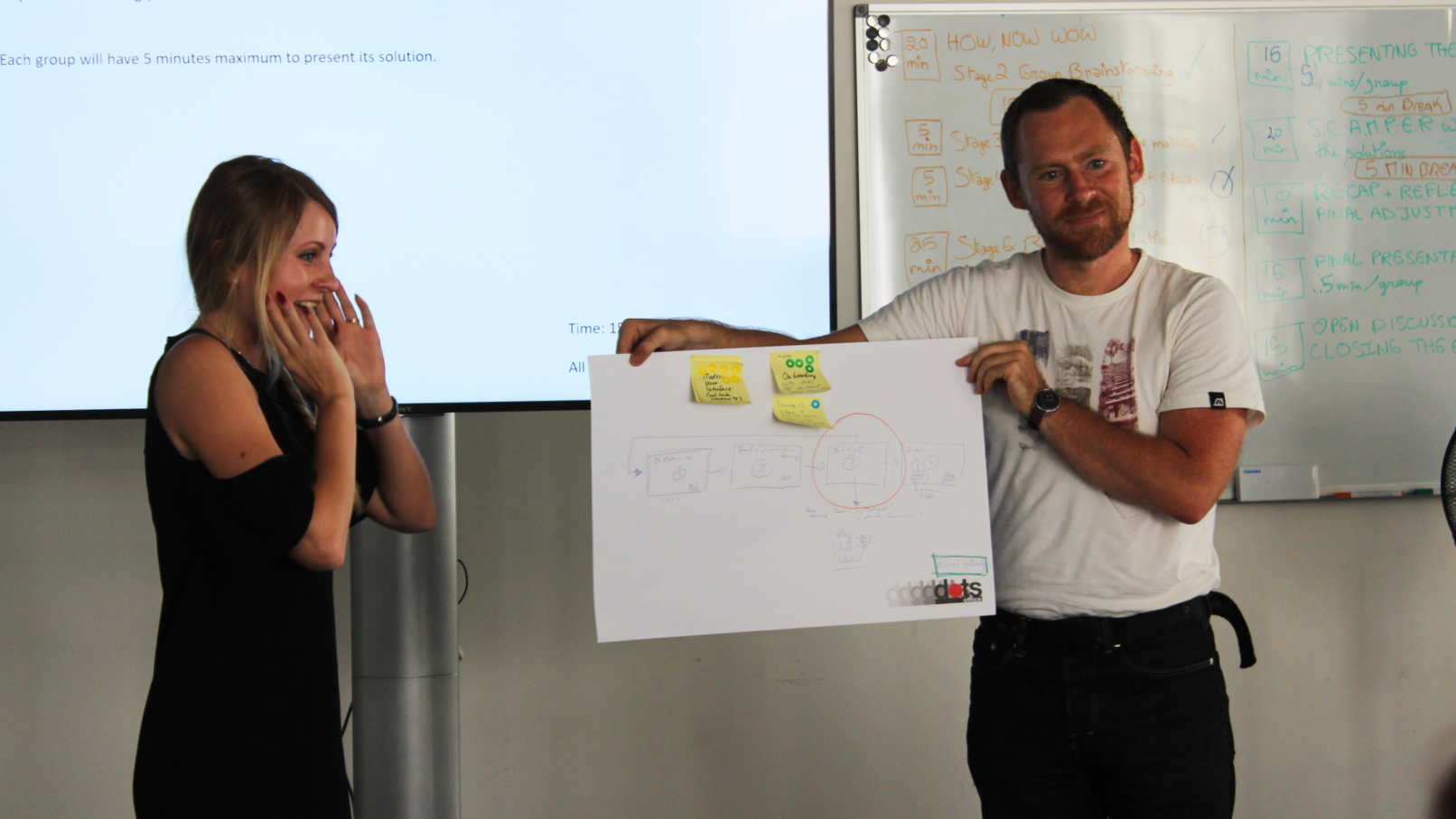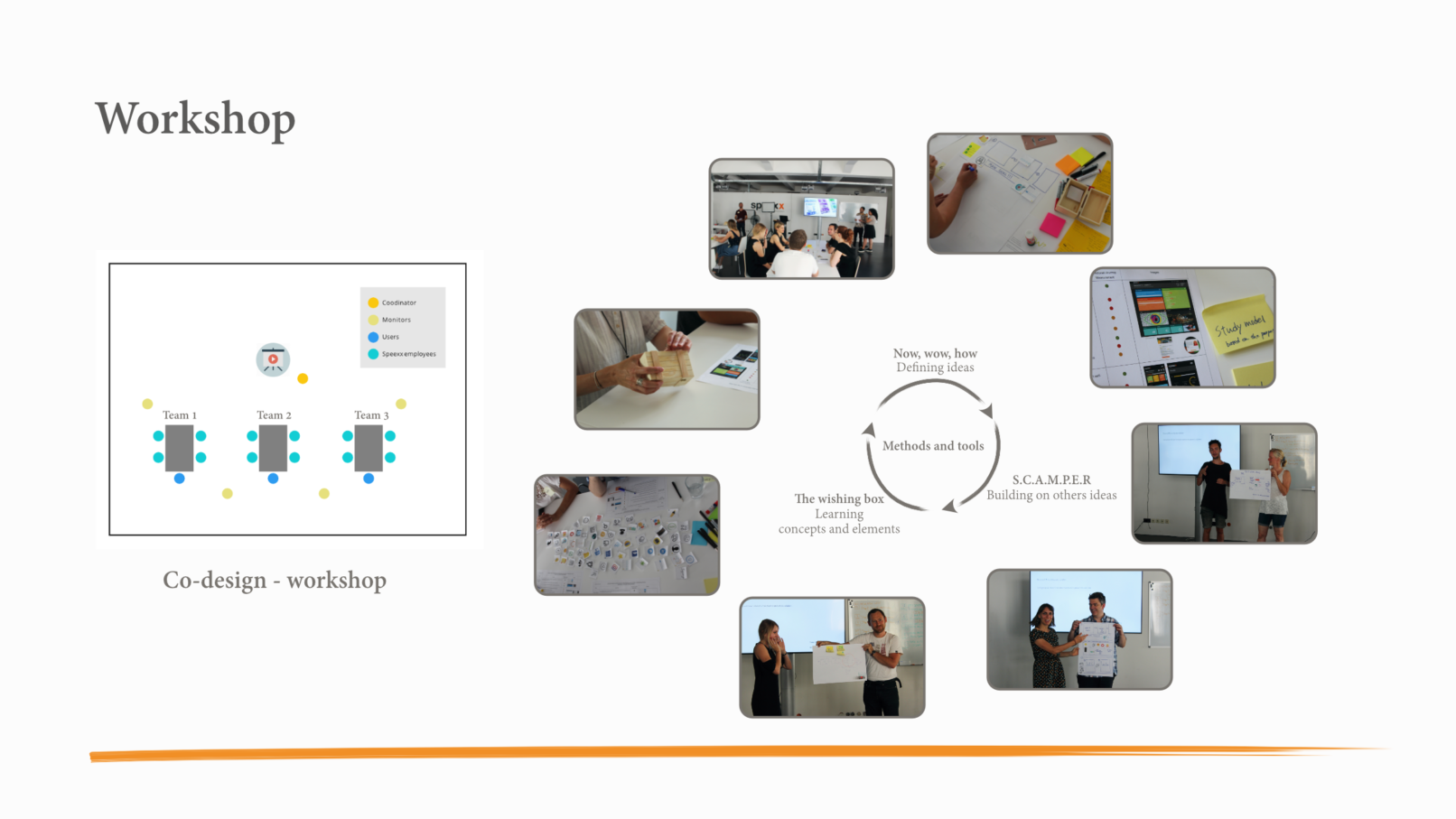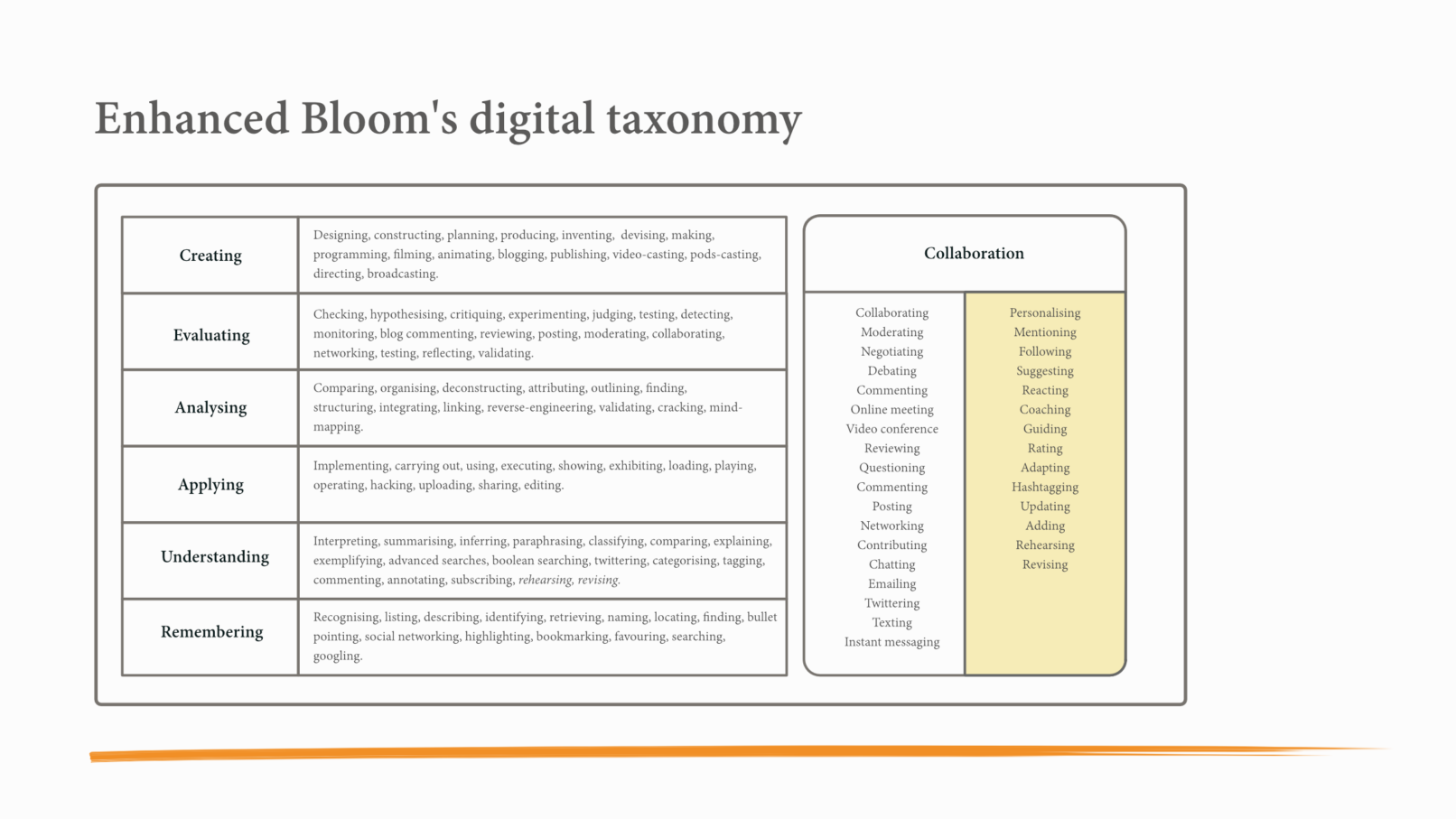Enhancing Bloom’s Digital Taxonomy
Context
Most learning models were based on the traditional classroom theories. Nowadays, learning no longer occurs in traditional classrooms only; it is not limited to space or time. However, the theories behind learning are also relevant in the digital world. Learning requires practice and social context – and it is here that e-learning environments encounter challenges.
Learning languages is one of the examples. This is why I focused on how methods like Bloom’s Taxonomy and Constructivism could be enhanced for e-learning platforms. I was able to cooperate with Speexx to verify the findings from my research.
Work
My research was divided in two phases; literary (secondary) research and user (primary) research.
In the secondary research phase, I explored which instructional design models were mainly applied in digital learning journeys. Multiple companies were (during the time of my research) applying models like micro learning and adaptive learning into their platforms. Although the theories behind these models have proven themselves, they should not be seen as a solution on itself, but rather as part of a ‘bigger picture’. This is where Bloom’s Taxonomy and Constructivism could be combined with the newer models to reach a higher level of skills.
After that, I started the primary research where I applied the “action in reflection” theory by Susan Hart. Therefore I used Speexx’s platform as a user and collected the pain points I personally encountered. Secondly, four real users also used the platform. We met on a monthly basis to see which pain points they encountered. After three months, I identified three main pain points using a user journey matrix.
Workshop
The three main pain points were the starting point of a co-creation workshop organised with Speexx employees and the four users. With the workshop, I wanted to verify whether my adapted version of Bloom’s digital taxonomy could enhance learning experiences.
Results
The workshop verified the adapted version of Bloom’s digital taxonomy. Moreover, Speexx valued the outcome of the workshop, as they heard about user issues they didn’t realise before. The solutions that were presented at the end of the workshop, were therefore (partially) taken over as improvements on Speexx’s roadmap.
Categories
- Instructional design, user research, Bloom's digital taxonomy, UX concept, design thinking, e-learning.
Year
- 2019
